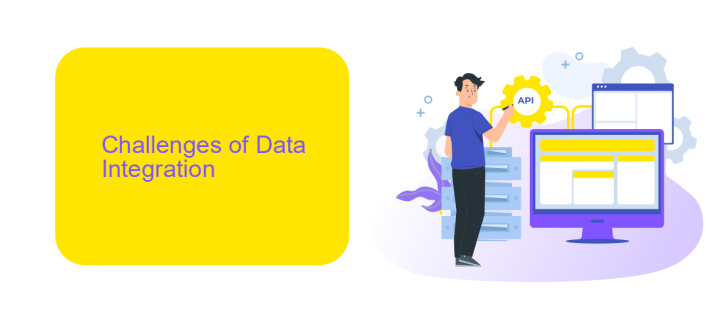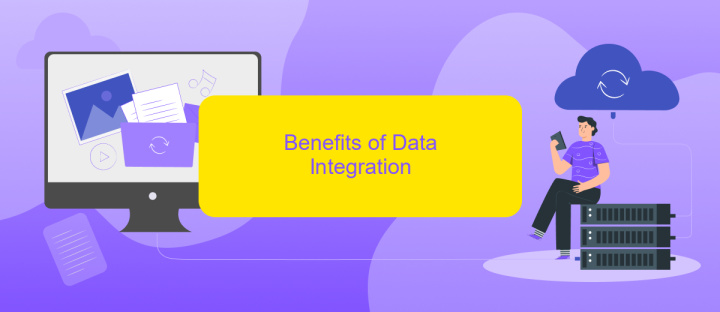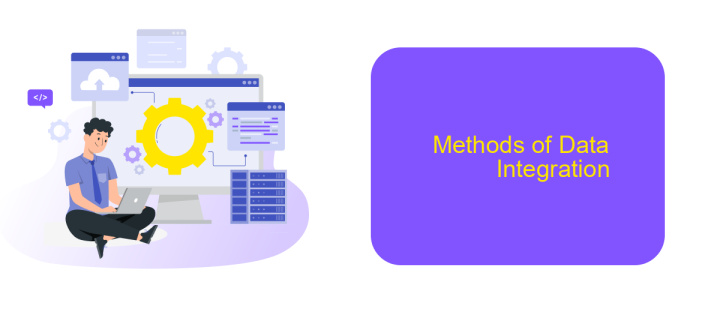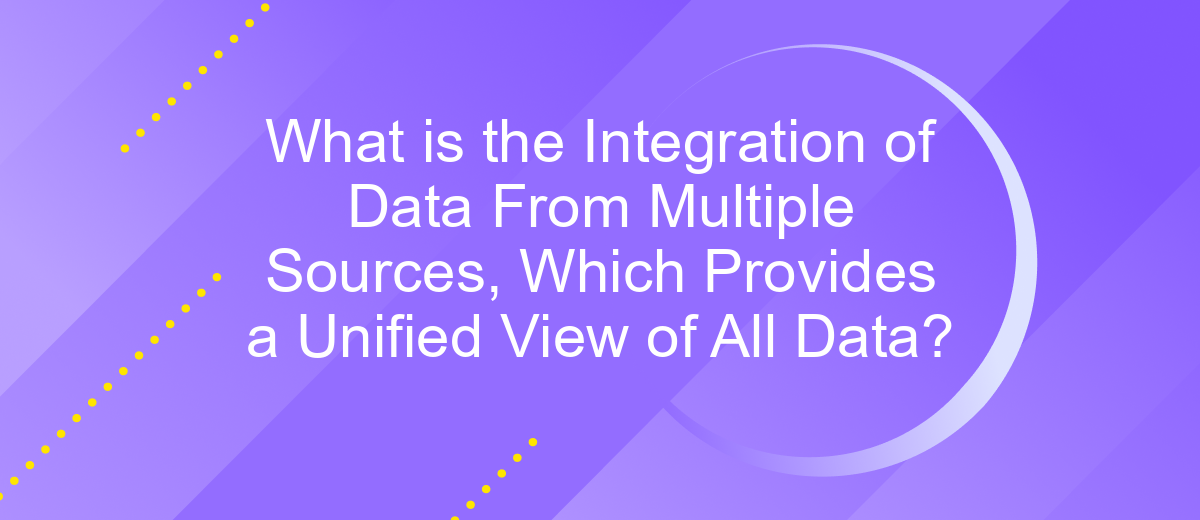What is the Integration of Data From Multiple Sources, Which Provides a Unified View of All Data?
In today's data-driven world, businesses rely on information from various sources to make informed decisions. The integration of data from multiple sources involves combining disparate data sets into a cohesive, unified view. This process enhances data accessibility, consistency, and accuracy, enabling organizations to gain comprehensive insights and make strategic decisions with confidence. This article explores the importance and methods of data integration.
Introduction
In today's data-driven world, the integration of data from multiple sources is essential for businesses seeking a comprehensive view of their operations. This process involves combining data from various platforms, databases, and applications to create a unified dataset that can be used for analysis and decision-making. Effective data integration ensures consistency, accuracy, and accessibility, which are crucial for gaining actionable insights.
- Combining disparate data sources into a single view
- Ensuring data consistency and accuracy
- Enhancing data accessibility for better decision-making
One of the tools that facilitate seamless data integration is ApiX-Drive. This service allows businesses to automate data transfer between different systems, ensuring that all relevant information is synchronized and up-to-date. By leveraging ApiX-Drive, organizations can streamline their data workflows, reduce manual errors, and focus on extracting valuable insights from their unified data.
Challenges of Data Integration

Integrating data from multiple sources presents a range of challenges that organizations must navigate. One significant issue is data inconsistency, where different systems store data in varied formats and structures, making it difficult to merge seamlessly. Additionally, data quality can be a concern, as errors and discrepancies from source systems can propagate into the integrated dataset, leading to inaccurate insights and decisions. Ensuring data privacy and security during integration is also critical, as sensitive information must be protected throughout the process.
Another challenge is the complexity of setting up and maintaining integration workflows. Many organizations lack the technical expertise required to configure and manage these integrations effectively. This is where services like ApiX-Drive can be invaluable. ApiX-Drive simplifies the integration process by providing a user-friendly platform that connects various applications and automates data transfer. By leveraging such tools, organizations can reduce the technical burden, streamline data integration, and focus on deriving actionable insights from their unified data view.
Benefits of Data Integration

Integrating data from multiple sources is essential for businesses looking to gain a comprehensive understanding of their operations. This process offers several key benefits that can significantly enhance decision-making and operational efficiency.
- Improved Data Quality: By consolidating data from various sources, inconsistencies and redundancies are minimized, leading to more accurate and reliable information.
- Enhanced Decision-Making: A unified data view provides a holistic perspective, enabling more informed and strategic business decisions.
- Increased Efficiency: Automation tools like ApiX-Drive streamline the integration process, reducing manual effort and saving valuable time.
- Better Customer Insights: Integrated data allows for a 360-degree view of customer interactions, helping businesses tailor their services and enhance their customer experience programs to improve customer satisfaction.
- Cost Savings: By eliminating the need for multiple data management systems, businesses can reduce operational costs and allocate resources more effectively.
Overall, data integration is a crucial strategy for businesses aiming to stay competitive in today's data-driven world. Leveraging tools like ApiX-Drive can simplify the integration process, ensuring seamless and efficient data management across all platforms.
Methods of Data Integration

Data integration involves combining data from various sources to provide a unified view. This process is crucial for organizations to gain comprehensive insights and make informed decisions. There are several methods to achieve data integration, each with its own strengths and applications.
One common approach is manual data integration, where data is manually collected and consolidated. While this method can be time-consuming and prone to errors, it offers a high degree of control over the data. Another approach is using middleware, which acts as a bridge between different systems, enabling seamless data exchange and integration.
- ETL (Extract, Transform, Load) processes
- Data warehousing
- API integration
- Data virtualization
Tools like ApiX-Drive facilitate API integration by automating the data transfer between various applications and services. This not only saves time but also reduces the risk of errors, ensuring that data is consistently accurate and up-to-date. By leveraging these methods, organizations can efficiently integrate data from multiple sources and achieve a unified view.


Case Studies and Examples
One notable case study involves a retail company that integrated data from multiple sources using ApiX-Drive. The company faced challenges in consolidating customer data from its e-commerce platform, in-store sales system, and social media channels. By leveraging ApiX-Drive, they were able to automate the data integration process, creating a unified view of all customer interactions. This enabled the company to enhance their marketing strategies, leading to a 20% increase in customer retention and a 15% rise in sales.
Another example is a healthcare organization that needed to integrate patient records from various clinics and laboratories. Using ApiX-Drive, they successfully combined data from electronic health records (EHR) systems, lab results, and appointment scheduling software. This integration streamlined their operations, reduced administrative workload, and improved patient care by providing doctors with a comprehensive view of patient history. As a result, the organization reported a 25% improvement in patient satisfaction and a 30% reduction in redundant tests and procedures.
FAQ
What is data integration?
Why is data integration important?
What are the common challenges in data integration?
How can automation tools help in data integration?
What is ApiX-Drive, and how does it assist in data integration?
Time is the most valuable resource for business today. Almost half of it is wasted on routine tasks. Your employees are constantly forced to perform monotonous tasks that are difficult to classify as important and specialized. You can leave everything as it is by hiring additional employees, or you can automate most of the business processes using the ApiX-Drive online connector to get rid of unnecessary time and money expenses once and for all. The choice is yours!

